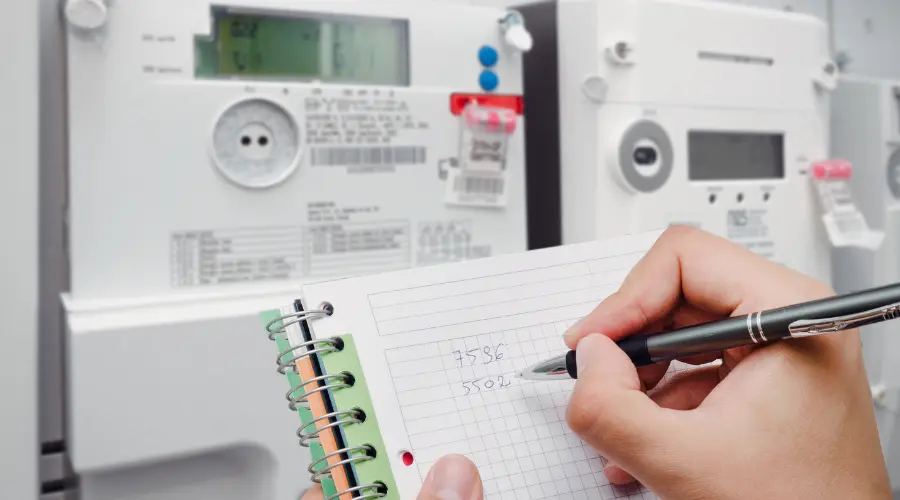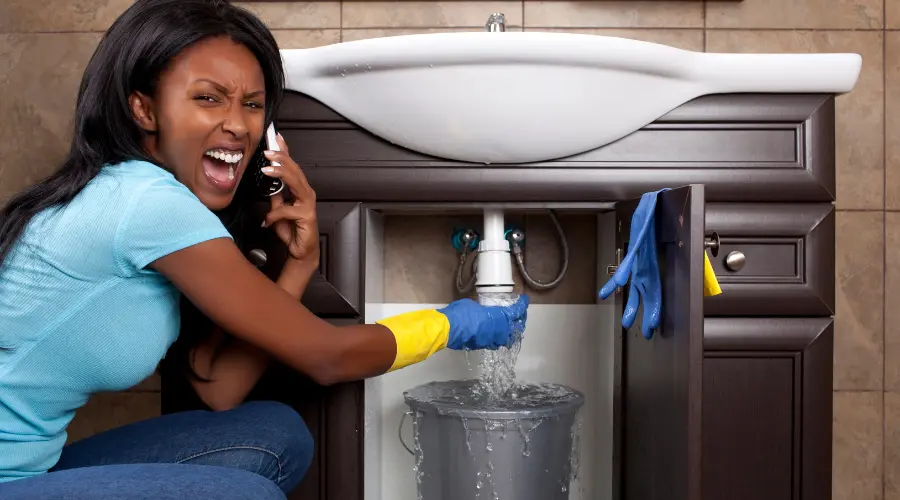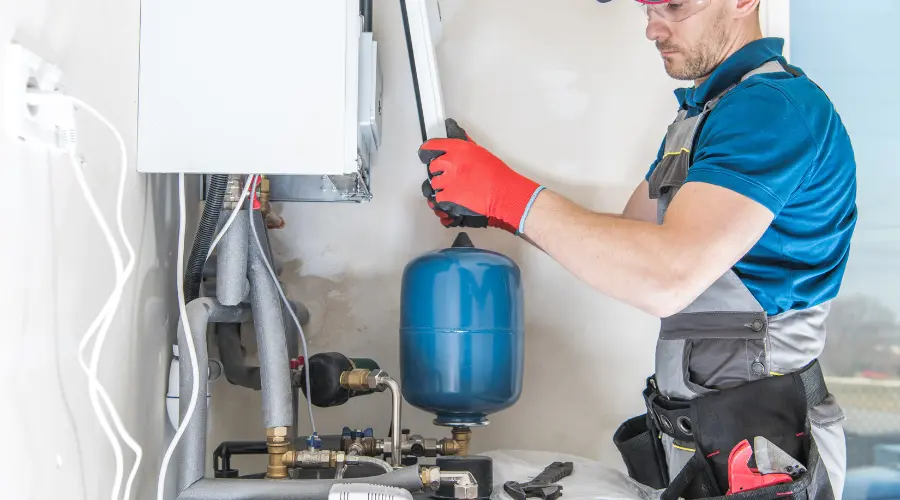In an ideal situation, when a toilet becomes clogged, you will quickly locate the nearest flange plunger and clear the obstruction within a minute or two. But if there is no plunger in the bathroom, what should you do if the toilet is clogged? Maybe you’ve just gotten settled into your new home. Maybe you’re at your plunger-less friend’s place. Are there any methods besides using a plunger to clear a clogged toilet?
You’ll be relieved to know that clearing a clogged toilet without using a plunger isn’t quite as challenging (or unpleasant) as you might think. Even the most stubborn blockages can be removed without the use of a plunger in a number of surprisingly simple ways. The following is a list of the best techniques to unclog a toilet, in the order in which you should try to do so:
#1: Using Hot Water to Unclog a Toilet This Old House
To begin, obtain a large bucket of simmering water. Important to note: the temperature should be warm, but not boiling. The porcelain within the toilet bowl can break if you use boiling water. Instead, you should just fill a bucket with the hottest water that your tap can muster. Put as much of the hot water as possible into the bowl of the toilet, then wait for it to cool down.
The heat should assist in the breakdown of any solid waste to the point where it may be flushed down the toilet. If this doesn’t work, don’t freak out; just move on to the other alternatives that are available. The “hot water toilet technique” is merely the beginning of your journey.
#2: Use Dish Soap to Break Up Clogs in the Toilet
Put a good amount of dishwashing liquid into the bowl of the toilet. Use a product with powerful anti-grease properties, such as Dawn. Give it a rest for around fifteen minutes. The soap will assist in the disintegration of any solids. It will also lubricate the bowl and the pipes themselves, which will make it simpler for the clog to glide down the pipes and into the drain.
Repeat the “hot water trick” after you have placed the dish soap in the bowl of the toilet. After you have poured the bowl with a pot of hot (but not boiling!) water, let it sit for another thirty minutes or so.
Give the water and soap some time to work their way through the clog, and then give flushing another shot. If that does not resolve the issue, you can try carrying out these steps again, or you can attempt to leave the dish soap in the toilet for the entire night.
#3: Use Epsom Salt to Clear Clogged Toilets
It looks like you’re in luck if you have any Epsom salt hanging around. When Epsom salt is added to water, a chemical reaction takes place, which causes the water to start bubbling and fizzing. The bubbling and fizzing action can be a big help in dissolving obstructions.
Put a healthy helping of Epsom salt in your toilet bowl and flush. First, give it fifteen minutes to settle, and then try to flush it. After the initial round of flushing, you ought to experience favorable outcomes. For further insurance, you might want to combine this method with the “hot water trick” that involves dish soap as well.
#4: Use a toilet brush or a wire hanger
This is the quickest and easiest approach to removing a blockage. If heat and chemical reactions have not been successful in solving the problem, it is time to go right in. Use a toilet brush if you have one available; if not, unfold a wire hanger and use that instead. Put whatever tool you want to use into the bowl of the toilet, and wriggle it around in the opening.
We advise you to put on gloves for this because it could potentially be quite revolting depending on what the blockage entails. While you are working, take extra precautions to ensure that the toilet bowl does not sustain any inadvertent damage. If you are excessively hard or lack discrimination, porcelain might be easily scratched when you use wire hangers.
#5: Buy a Toilet Plunger
We wish you the best of luck in clearing the obstruction from your toilet. There are a few things you need to take care of now that you’ve established that it’s operational.
First things first: go out and purchase a flange plunger. Although these procedures don’t require the use of a plunger, they are not a suitable replacement for the real thing.
The second step is to determine why your toilet became clogged in the first place. How often does anything like this occur? In the event that it occurs, this may indicate a more severe issue with the plumbing in your home.
#6: Get in Touch with Your Friendly Neighborhood Plumber
Clogged drains can be difficult, if not impossible, to clean without the assistance of a professional, even when using a plunger. In other instances, more significant faults with the plumbing are the source of frustrating clogs and other problems. In any scenario, it is best to consult with the experts at West New York Plumbing and Heating. We are going to investigate the plumbing in your home in order to discover the cause of the clogs that you are experiencing. We will be able to assist you in ensuring that you will not require a new plunger for some time to come.




